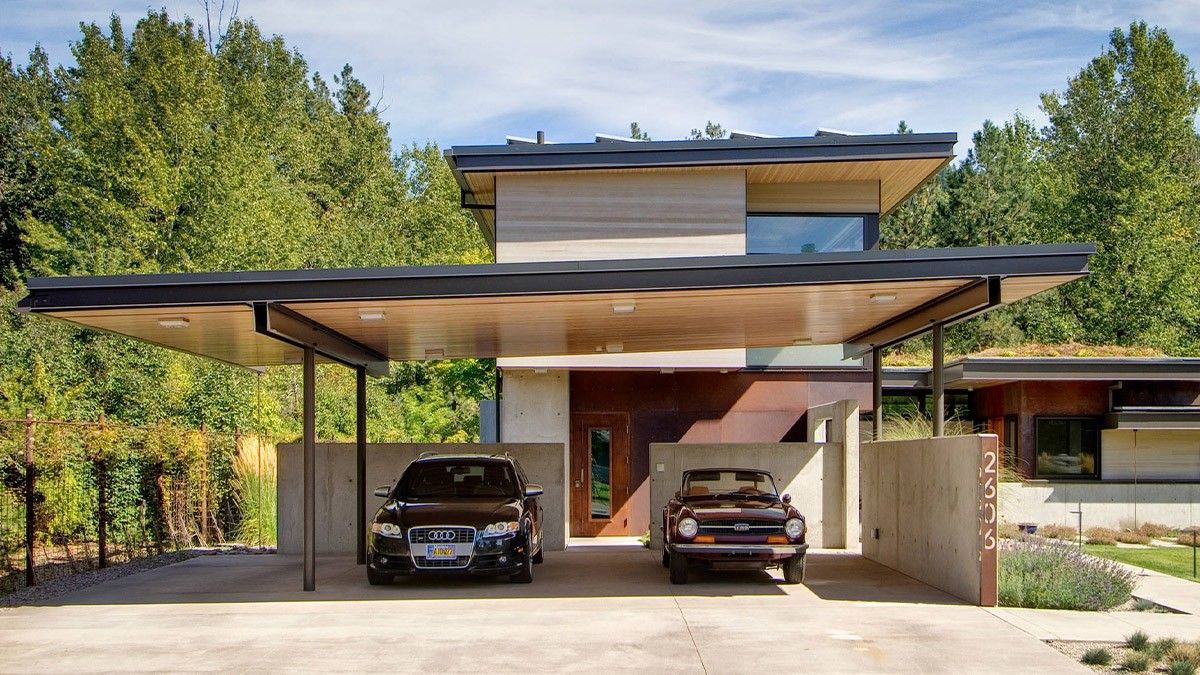

Articles
What Is Carport Parking
Modified: September 1, 2024
Learn about carport parking and its benefits in our informative articles. Discover how carports can provide protection for your vehicle.
(Many of the links in this article redirect to a specific reviewed product. Your purchase of these products through affiliate links helps to generate commission for Storables.com, at no extra cost. Learn more)
Introduction
Welcome to the world of carport parking! If you’re looking for an alternative to traditional garage parking, carports can be a fantastic option. Whether you’re a homeowner or a business owner, carport parking offers numerous benefits and advantages that are worth exploring. In this article, we’ll delve into the world of carport parking, discussing what it is, its advantages and disadvantages, how it compares to traditional garage parking, considerations for installation, typical uses, and maintenance tips.
Carport parking, as the name suggests, involves providing a covered area to park your vehicles. The structure typically consists of a roof supported by posts or columns, with open sides. It offers protection from the elements such as rain, snow, and sunlight, while still allowing for easy access and ventilation.
So, why choose carport parking over a traditional garage? One of the main advantages is cost-effectiveness. Carports tend to be more affordable to install compared to building a garage from scratch. They require fewer materials and usually have a faster construction time. Additionally, carports are a versatile option, as they can be customized to fit various sizes and shapes to accommodate different vehicle types.
Another advantage of carport parking is its flexibility. Unlike a garage, which is a permanent structure attached to a building, carports are typically freestanding and can be easily relocated if needed. They can also serve multiple purposes, such as providing a shaded area for outdoor gatherings or a covered space for storing equipment, bicycles, or other belongings. This versatility makes carports a popular choice for both residential and commercial applications.
However, there are a few drawbacks to consider when it comes to carport parking. One of the main limitations is the lack of complete security. Unlike a closed garage, carports do not provide the same level of protection against theft or vandalism. While this can be mitigated by installing security cameras or additional fencing, it’s important to be aware of this potential vulnerability.
In the next sections, we’ll dive deeper into the comparison between carport parking and traditional garage parking, considerations for installing a carport, typical uses, and maintenance tips. So, let’s explore the world of carport parking and discover if it’s the right option for you!
Key Takeaways:
- Carport parking offers cost-effective, versatile protection for vehicles, but lacks complete security and requires regular maintenance. Its flexibility and multiple uses make it a practical option for both residential and commercial applications.
- When choosing between carport parking and traditional garage parking, consider factors such as cost, level of protection, accessibility, and desired functionality. Carports provide affordability and flexibility, while garages offer enhanced security and weather protection.
Read more: What Is A Carport
Definition of Carport Parking
Carport parking is a type of vehicle parking arrangement that provides a covered shelter for vehicles without the enclosing walls found in traditional garages. It consists of a roof supported by columns or posts, offering protection against weather elements such as rain, snow, and sun exposure.
Unlike garages, which are fully enclosed structures with doors and windows, carports provide an open-air parking solution. This design allows for easy access and ventilation while providing a measure of protection for vehicles. The roof of a carport is typically made of durable materials such as metal, wood, or polycarbonate panels, providing shielding from rain, snow, and harmful UV rays.
Carport parking can be a stand-alone structure or an extension of an existing building. It offers a flexible alternative to traditional garages, as carports can be easily customized and resized to accommodate different vehicle sizes, from cars and motorcycles to boats and RVs.
Carports come in various designs and styles, allowing homeowners and businesses to choose the option that best meets their needs and aesthetics. Some carports are attached to the side of a building, while others are freestanding structures in a designated parking area.
The primary purpose of a carport is to provide protection for vehicles from weather-related damage. It shields vehicles from rain, snow, hail, and debris, preventing potential damage to the exterior, interior, and mechanical components. Carports also offer some shade, reducing the risk of sun damage, and help to maintain the temperature inside the vehicle, keeping it cooler during hot weather.
Carport parking is a popular choice for homeowners who want to protect their vehicles without the expenses and extensive construction required for a traditional garage. It is also commonly used in commercial settings, such as shopping centers, office complexes, and apartment complexes, to provide convenient parking options for tenants and customers.
Overall, carport parking offers a more affordable, customizable, and versatile alternative to traditional garages. It provides essential protection for vehicles while allowing for easy access, adequate ventilation, and flexibility in terms of design and placement.
Advantages of Carport Parking
Carport parking has several advantages that make it an appealing choice for both residential and commercial applications. Let’s explore some of the key benefits of opting for carport parking:
- Cost-effectiveness: One of the significant advantages of carport parking is its affordability. Building a carport is generally more budget-friendly compared to constructing a traditional garage. Carports require fewer materials and have a faster installation time, resulting in lower construction costs. This makes them an ideal option for homeowners or businesses looking to protect their vehicles without breaking the bank.
- Flexibility and versatility: Carports provide flexibility in terms of design and functionality. They can be easily customized to accommodate vehicles of different sizes, from cars to recreational vehicles (RVs). Additionally, carports can serve multiple purposes beyond just parking. They can be used as shaded areas for outdoor gatherings, storage spaces for equipment or garden tools, or even as covered play areas for children. The versatility of carport parking makes it an attractive choice for those who value adaptability.
- Convenient accessibility: Carports are designed to make vehicle access easy and convenient. With open sides, carport parking allows for a hassle-free parking experience, especially when compared to squeezing into a tight garage space. This is particularly beneficial for individuals with limited mobility or larger vehicles that may have difficulty fitting into a standard garage.
- Protection from the elements: Carport parking offers protection from various weather elements, such as rain, snow, and sunlight. The roof of a carport shields vehicles from rain and snow, preventing water damage and reducing the need for frequent cleaning and maintenance. It also provides shade, protecting vehicles from prolonged exposure to sunlight, which can cause fading and damage to the exterior and interior of a vehicle.
- Air circulation and ventilation: Unlike enclosed garages, carports provide excellent air circulation and ventilation. This helps prevent the buildup of moisture, reducing the risk of mold, mildew, and rust on vehicles. The open design of carport parking also allows for better airflow, preventing the accumulation of odors or pollutants.
- Quick and easy installation: Another advantage of carport parking is the relatively quick and straightforward installation process. Unlike building a garage, which involves extensive construction and permits, carport installation is typically faster and requires fewer resources. This means you can start enjoying the benefits of carport parking sooner.
These advantages make carport parking an attractive option for those seeking a cost-effective, versatile, and convenient solution for vehicle protection. Whether you’re a homeowner or a business owner, carports offer numerous benefits that make them a worthwhile investment.
Disadvantages of Carport Parking
While carport parking offers several advantages, it’s important to consider its potential drawbacks before making a decision. Here are some of the disadvantages associated with carport parking:
- Lack of complete security: One of the main limitations of carport parking is the lack of complete security compared to a traditional, enclosed garage. Since carports have open sides, they do not provide the same level of protection against theft or vandalism. However, this can be mitigated by installing security cameras, motion sensor lights, or additional fencing to enhance security measures.
- Exposure to the elements: Although carports provide some protection from the elements, they are still open structures that do not fully shield vehicles from wind-blown debris or extreme weather conditions. For example, during a severe storm or heavy snowfall, some amount of rain, snow, and debris may still reach the vehicles. While this may not cause significant damage in most cases, it is something to consider if you live in an area prone to extreme weather events.
- Limited privacy: Another disadvantage of carport parking is the lack of privacy. Unlike an enclosed garage, where vehicles are hidden from view, carports expose your vehicles to the public eye. If privacy is important to you, especially in residential areas, where neighboring properties are in close proximity, this may be a drawback to consider.
- Restricted storage space: Although carports can serve as storage areas for some belongings, they may not offer the same level of storage space as a traditional garage. Since carports are primarily designed for vehicle parking, the available space for storing other items may be limited. This could be a consideration if you have a significant amount of tools, equipment, or other belongings that require secure storage.
- Design limitations: Carport designs may be subject to certain limitations, especially in areas with building regulations or homeowners’ association (HOA) restrictions. These restrictions could dictate the size, height, material, or placement of the carport, potentially limiting your options. Before installing a carport, it’s essential to check local regulations and obtain any necessary permits or approvals.
- Maintenance requirements: Like any structure, carports require regular maintenance to ensure their longevity and functionality. Depending on the material of the carport’s roof, you may need to periodically clean it, remove debris, or inspect for any damages. Additionally, if you reside in an area with heavy snowfall, you may need to clear the roof of accumulated snow to prevent overloading. Regular maintenance is necessary to keep your carport in good condition and to ensure it continues to provide adequate protection for your vehicles.
Considering these disadvantages alongside the advantages will help you make an informed decision about whether carport parking is the right choice for your specific needs. While carports offer numerous benefits, it’s important to weigh them against the potential drawbacks to determine if they align with your preferences and requirements.
Comparison between Carport Parking and Traditional Garage Parking
When it comes to parking options for your vehicles, two popular choices are carport parking and traditional garage parking. Let’s compare these two options to help you make an informed decision:
- Design and construction: Carport parking consists of a roof supported by columns or posts, providing a covered shelter for vehicles without enclosing walls. Traditional garage parking, on the other hand, features a fully enclosed structure with doors and windows. Garage construction involves more extensive planning and building permits compared to carports.
- Cost: Carports tend to be more cost-effective than traditional garages. Carport materials and installation are generally less expensive, making them a more affordable option for those on a budget. Garages, with their complete enclosure and additional construction requirements, typically have a higher cost.
- Flexibility: Carport parking offers more flexibility in terms of design and functionality. They can be easily customized to accommodate vehicles of different sizes and can serve purposes beyond parking, such as providing shaded outdoor areas or additional storage space. Traditional garages have less flexibility in design and are specifically designed for vehicle parking and storage.
- Protection: While both carport parking and traditional garage parking offer some level of protection for vehicles, garages provide a higher level of security and weather protection. Garages offer full enclosure, protecting vehicles from theft, vandalism, and extreme weather conditions. Carports offer protection from rain, snow, and sun exposure but have open sides, leaving vehicles more vulnerable to theft and natural elements.
- Accessibility: Carport parking provides easy and convenient vehicle access due to its open-sided design. This is particularly beneficial for people with larger vehicles or limited mobility. Traditional garages typically have a limited maneuvering space, making it more challenging to park and access vehicles.
- Aesthetics: In terms of appearance, traditional garages are more visually appealing as they blend seamlessly with the architecture of the building. Carports, with their open design, may not enhance the overall aesthetics of a property and can be more noticeable.
- Maintenance: Carport parking requires regular maintenance to ensure its longevity and functionality. This includes cleaning the roof, inspecting for any damages, and removing debris. Traditional garages may also require maintenance, such as painting and addressing any structural issues, but they typically have fewer maintenance requirements compared to carports.
In summary, carport parking offers affordability, flexibility, and easy accessibility, while traditional garage parking provides enhanced security, weather protection, and aesthetics. The choice between carport parking and traditional garage parking ultimately depends on your requirements, budget, and preferences. Consider factors such as cost, level of protection needed, ease of access, and the desired functionality of the parking space. Assessing these aspects will help you determine whether a carport or a traditional garage is the best fit for your specific needs.
Carport parking is a covered structure used to provide limited protection to vehicles, primarily cars, from the elements. It is a cost-effective alternative to building a garage and can be easily installed on a property.
Read more: What Zoning Is Required For Truck Parking
Considerations for Installing a Carport
Before installing a carport, there are several important considerations to keep in mind. These factors will help ensure that you choose the right carport design, size, and placement for your specific needs. Here are some key considerations for installing a carport:
- Permits and regulations: Check with your local authorities regarding any building permits or regulations that may apply to carport installation. Every jurisdiction has different rules, and it’s crucial to understand and comply with them to avoid any legal issues.
- Location: Determine the ideal location for your carport. Consider factors such as convenience, accessibility, and visibility. You’ll want to choose a location that allows for easy entry and exit, as well as a spot that doesn’t obstruct any pathways or block access to other structures.
- Size: Assess the dimensions needed for your carport based on the vehicles you intend to park. Measure the length, width, and height of your vehicles to ensure that the carport will provide ample clearance and protection. Don’t forget to consider any future vehicle purchases or changes when determining the size of your carport.
- Material: Select a material for your carport that suits your preferences, climate, and budget. Common materials used for carports include metal (such as steel or aluminum), wood, and polycarbonate panels. Each material has its own benefits and considerations, such as durability, maintenance requirements, and aesthetics.
- Design: Consider the design and style of the carport to ensure it complements the aesthetics of your property. Some carports have a more modern look, while others may have a more traditional or rustic appeal. Choose a design that aligns with your personal taste and the architectural style of your home or business.
- Customization options: Determine if you require any additional customization options for your carport. This could include features such as extra storage space, lighting, or integrated solar panels. Explore the available options and choose those that best meet your specific needs and preferences.
- Budget: Establish a budget for your carport installation. Consider the cost of materials, labor, permits, and any additional features or customization you desire. Make sure to factor in any ongoing maintenance costs as well.
- Installation: Decide whether you prefer a DIY installation or hiring a professional. While DIY installation may save money, it requires time, skill, and careful attention to detail. Hiring a professional ensures proper installation, but it comes at an additional cost.
- Maintenance: Understand the maintenance requirements for your chosen carport material. Regular cleaning, inspections, and repairs are essential to keep your carport in good condition and prolong its lifespan.
By considering these factors, you can ensure that your carport installation meets your specific needs and preferences. Take the time to research and plan accordingly to make the most informed decision for a carport that will serve you well for years to come.
Typical Uses of Carport Parking
Carport parking offers a range of applications beyond just providing shelter for vehicles. Here are some typical uses of carport parking:
- Vehicle parking: The most common use of carport parking is, of course, to provide a covered parking space for vehicles. Carports offer protection from the elements, such as rain, snow, and sunlight, helping to keep vehicles in better condition and reducing the need for frequent cleaning and maintenance. Whether it’s for personal vehicles, motorcycles, boats, or RVs, carport parking provides a convenient and accessible parking solution for various types of vehicles.
- Outdoor gatherings: Carports can serve as versatile spaces for outdoor gatherings. With its open-sided design and shaded roof, a carport can provide a covered area for hosting parties, barbecues, or family gatherings. It offers protection from the sun and can accommodate tables, chairs, and other equipment needed for an outdoor event.
- Storage space: Carport parking can also double as storage space. The open structure allows for storing equipment, tools, bicycles, or other belongings. This is especially useful for homeowners who may require additional storage but do not have the space or budget for a traditional garage. Carport storage provides easy access to items while keeping them protected from direct sunlight and rain.
- Workspace: For those who enjoy DIY projects or have hobbies that require a dedicated space, carports can be transformed into workshops. It provides a well-ventilated area for working on projects, whether it’s woodworking, automotive repairs, or arts and crafts. The open design allows for natural light and fresh air while providing a sheltered space from the rain.
- Outdoor living area: Carports can be transformed into outdoor living areas, providing a shaded and comfortable space for relaxation. You can set up seating, add outdoor furniture, or even create a small garden or patio area under the carport. This allows you to enjoy the outdoors while being protected from direct sunlight and other weather elements.
- Commercial applications: Carport parking is commonly used in commercial settings as well. Shopping centers, office complexes, and apartment complexes often incorporate carports to provide convenient and shaded parking options for tenants, customers, and employees. Carports can enhance the overall curb appeal of a commercial property while providing protection for vehicles.
These are just a few examples of the diverse uses of carport parking. The flexibility and versatility of carports make them adaptable to various needs and preferences. Whether it’s for personal use or commercial applications, carport parking provides a practical and multi-functional solution beyond just parking vehicles.
Maintenance and Care for Carport Parking
To ensure the longevity and functionality of your carport parking, regular maintenance and care are essential. Here are some important steps to keep in mind:
- Cleaning: Regularly clean your carport to remove debris, dirt, and leaves that may accumulate on the roof and posts. Use a broom, brush, or pressure washer to thoroughly clean the surface. This helps prevent the buildup of dirt and grime, and keeps your carport looking fresh and presentable.
- Inspect for damages: Periodically inspect your carport for any damages, such as cracks, dents, or signs of rust. Especially pay attention to the roof and supporting pillars, as they are key structural components. If you notice any damage, promptly repair or replace the affected parts to maintain the integrity and strength of the carport.
- Clear snow and debris: If you live in an area with heavy snowfall, make sure to clear the roof of your carport from accumulated snow. Excess snow can cause stress and potential collapse of the structure. Similarly, remove any fallen branches, leaves, or other debris that may collect on the carport roof to prevent damage and blockages.
- Seal or repaint: Depending on the material, your carport may benefit from occasional sealing or repainting. This is particularly important for wooden carports, as it helps to protect the wood from rot and decay. Metal carports may require periodic repainting to prevent rust and corrosion. Consult the manufacturer’s instructions or seek professional advice for the appropriate sealing or painting procedures.
- Treat rust: If you notice signs of rust on metal carports, it’s crucial to treat it promptly to prevent further damage. Use a wire brush or sandpaper to remove the rust, then apply a rust-resistant primer and paint to protect the metal surface. Regularly inspect for any new signs of rust and treat them immediately to keep your carport in optimal condition.
- Trim vegetation: Trim any overhanging branches or vegetation near or above your carport to prevent damage from falling debris or sap. Overhanging branches can also provide easy access for pests such as birds or squirrels, which may cause damage or leave droppings on your vehicles.
- Security measures: Consider installing security measures to enhance the protection of your vehicles and the carport itself. This can include motion sensor lights, security cameras, or additional fencing around the perimeter. These measures help deter potential theft or vandalism and provide you with peace of mind.
- Regular inspections: Conduct regular inspections of your carport to identify any potential issues or maintenance needs. Check for loose bolts or screws, ensure that the roof is securely attached, and look for any signs of wear and tear. By catching potential problems early on, you can address them before they escalate into more significant issues.
By following these maintenance and care guidelines, you can keep your carport parking in excellent condition. Regular cleaning, inspections, and necessary repairs will help extend the lifespan of your carport and ensure that it continues to provide optimal protection for your vehicles.
Conclusion
Carport parking provides a versatile, cost-effective, and convenient solution for protecting your vehicles and enhancing your outdoor space. Whether you’re a homeowner or a business owner, carport parking offers numerous benefits to consider.
Carports provide a covered shelter for vehicles, shielding them from rain, snow, sun exposure, and other natural elements. They come in various designs, styles, and materials, allowing you to choose the option that best fits your preferences and complements the aesthetics of your property. Carport parking offers flexibility, as they can be easily customized to accommodate different vehicle sizes and serve multiple purposes beyond just parking.
Installing a carport requires careful consideration, including checking for any required permits or regulations, selecting the right location, choosing an appropriate size, and deciding on the material and design. It’s important to keep in mind both the advantages and disadvantages of carport parking, such as the lack of complete security and exposure to the elements.
Maintaining and caring for your carport is essential to ensure its longevity and functionality. Regular cleaning, inspections, and repairs are necessary to keep your carport in optimal condition. Removing debris, clearing snow, treating rust, and implementing security measures are all part of the maintenance routine.
Carport parking offers a wide range of typical uses, from providing shelter for vehicles to serving as outdoor gathering spaces, storage areas, workshops, or even outdoor living areas. Its versatility makes it an attractive option for both residential and commercial applications.
In conclusion, carport parking provides a practical, cost-effective, and flexible solution for vehicle protection and additional functionality. By carefully considering your specific needs, conducting thorough research, and properly maintaining your carport, you can enjoy the benefits of carport parking for many years to come.
Curious about more than just sheltering your car? Dive into our next feature on car storage solutions. We'll walk you through the best options available for 2024, ensuring your vehicle stays secure and in tip-top shape. Whether you're dealing with limited space or looking for innovative ways to protect your investment, this guide has you covered with practical advice and savvy solutions. Ready for a peek at what's ahead? Follow along as we unveil top car storage strategies that could transform how you think about vehicle care.
Frequently Asked Questions about What Is Carport Parking
Was this page helpful?
At Storables.com, we guarantee accurate and reliable information. Our content, validated by Expert Board Contributors, is crafted following stringent Editorial Policies. We're committed to providing you with well-researched, expert-backed insights for all your informational needs.
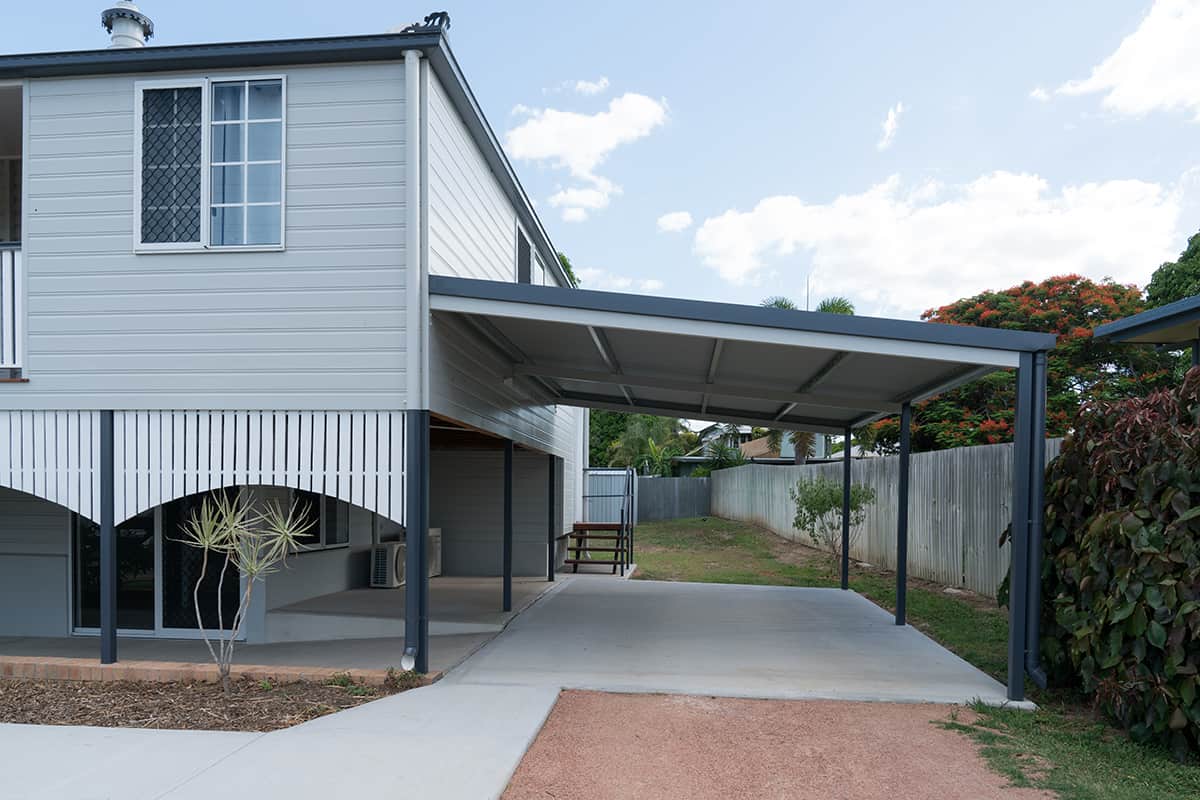

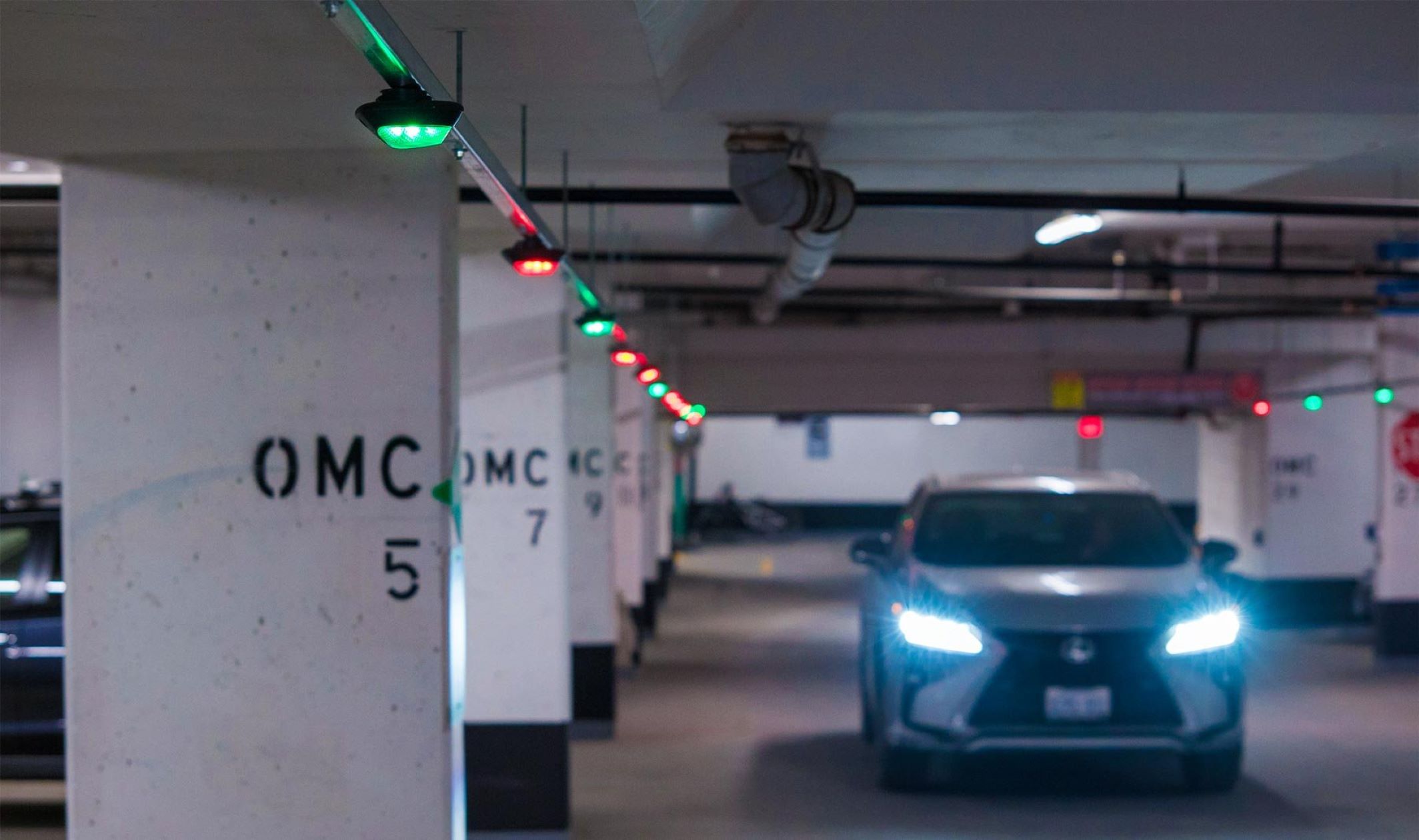
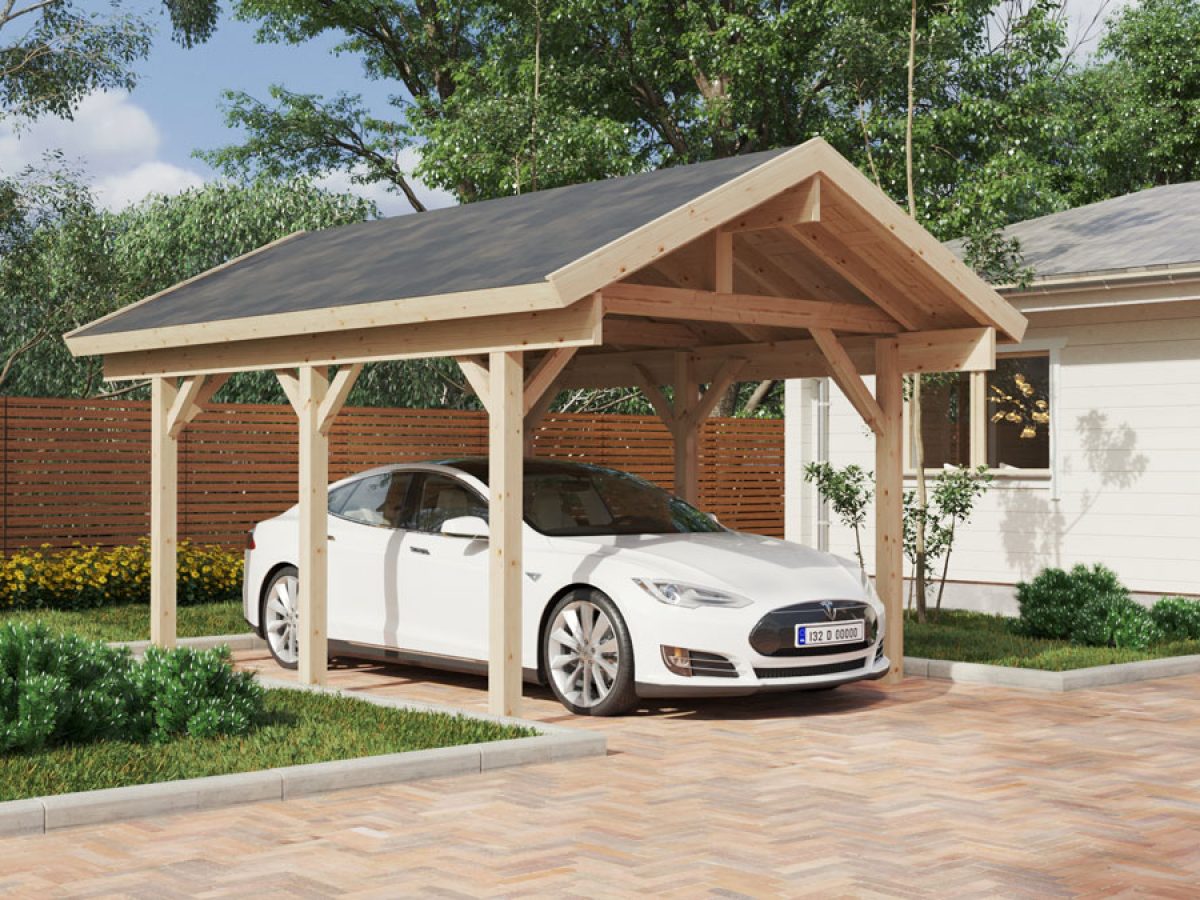
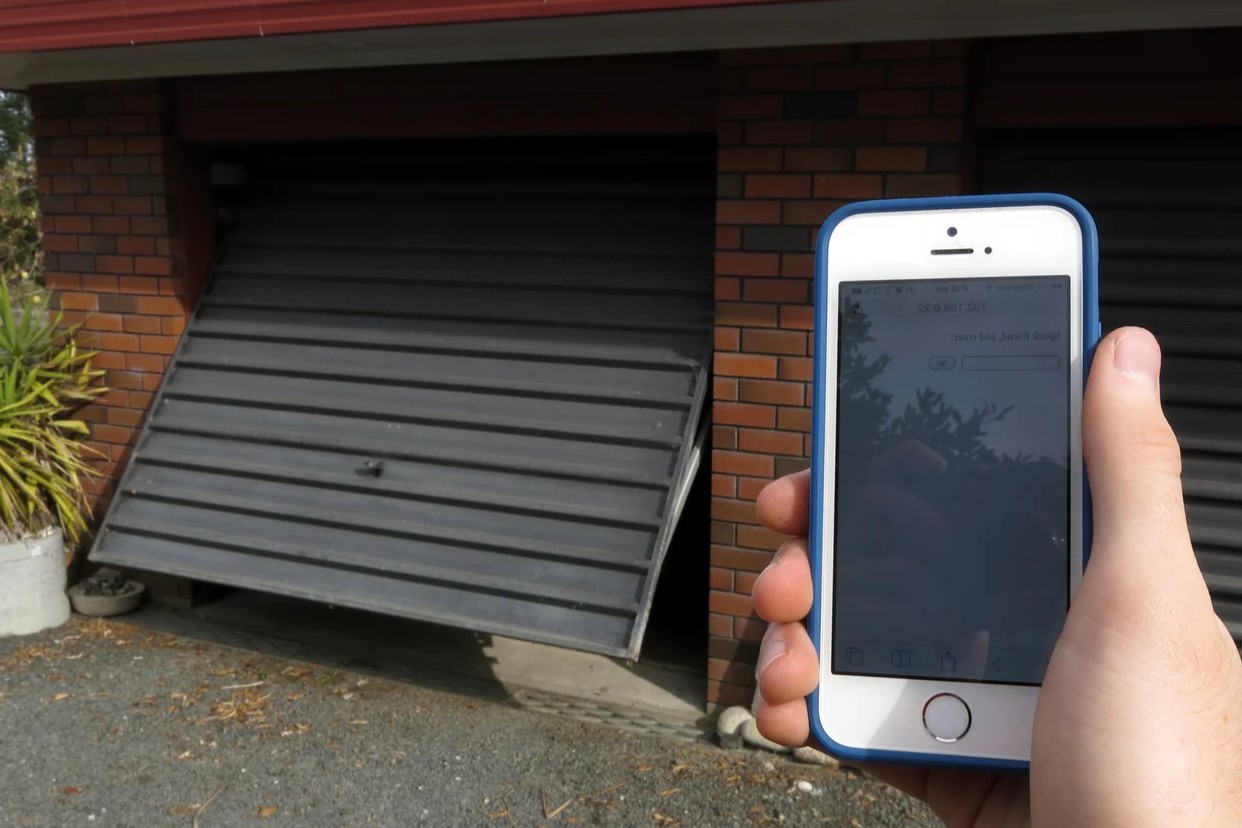
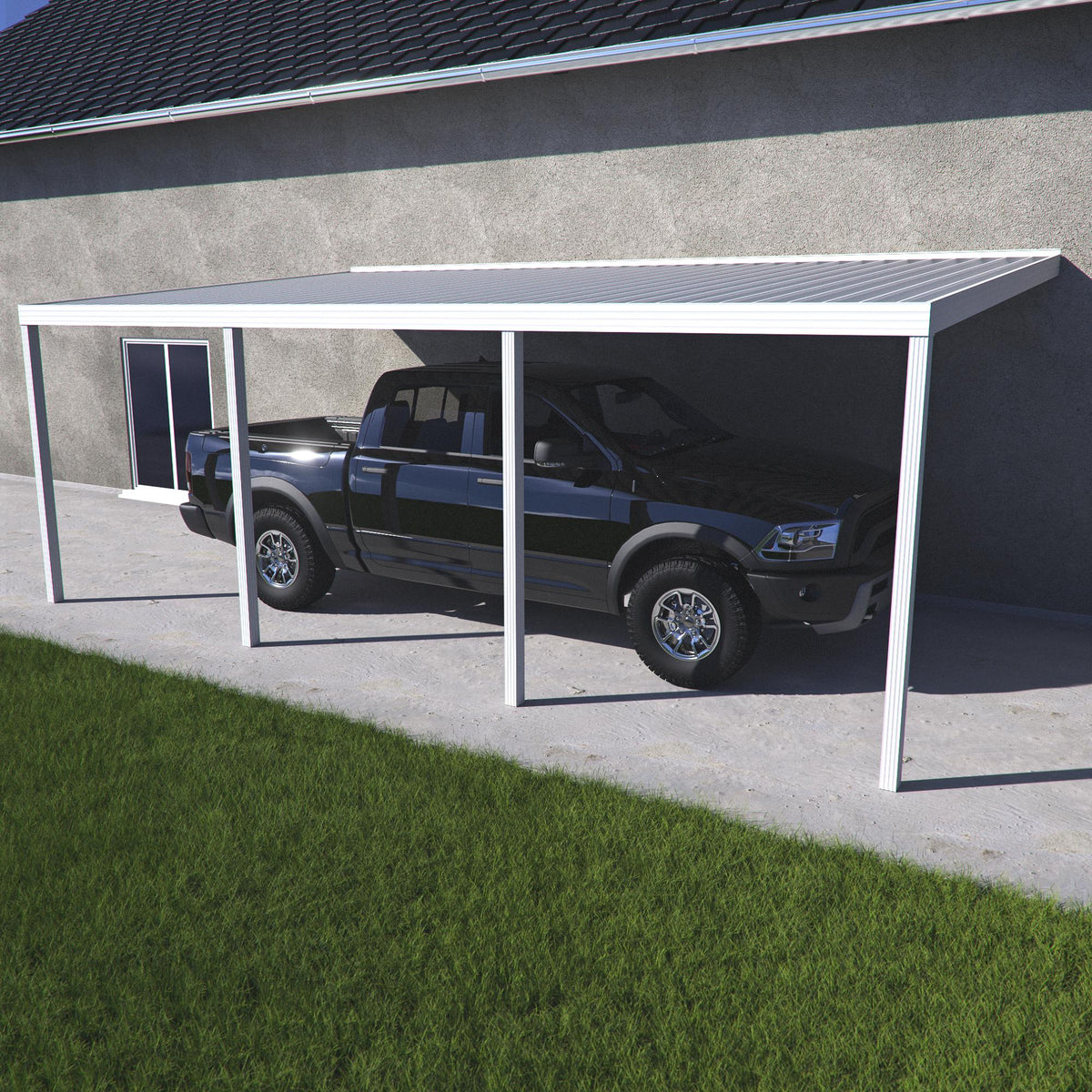
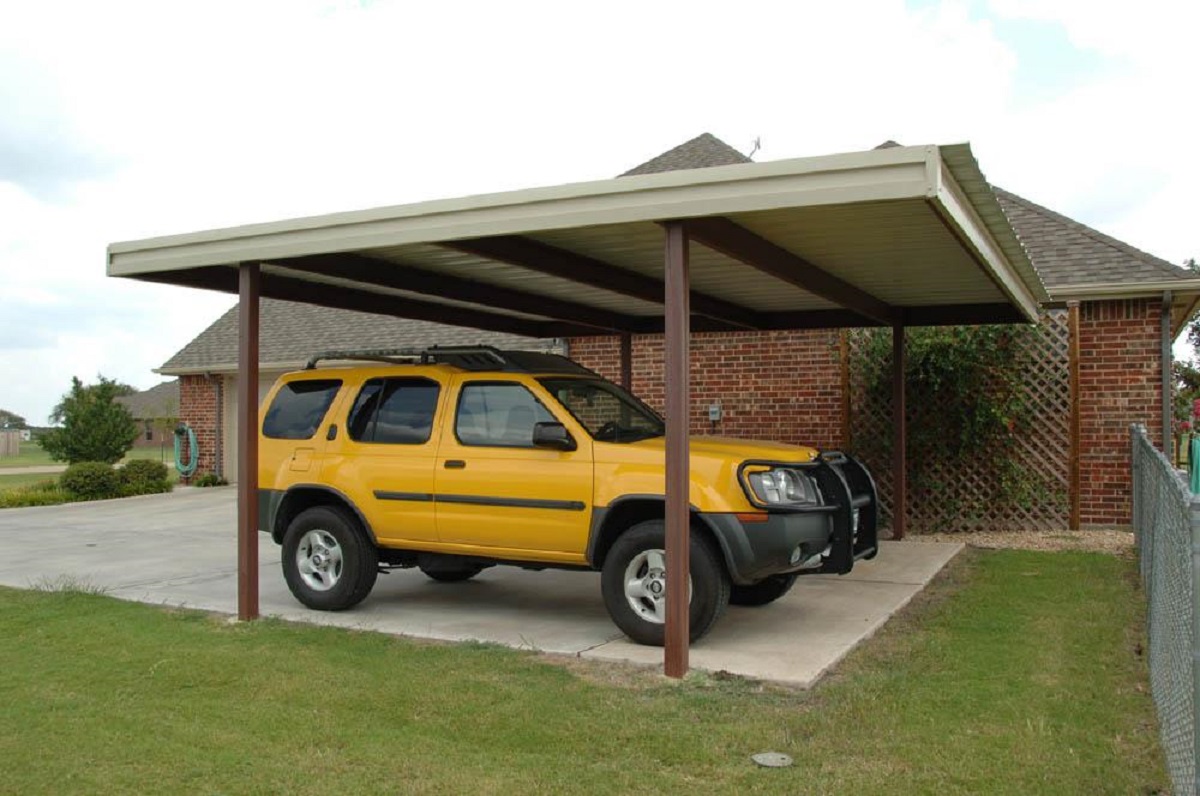
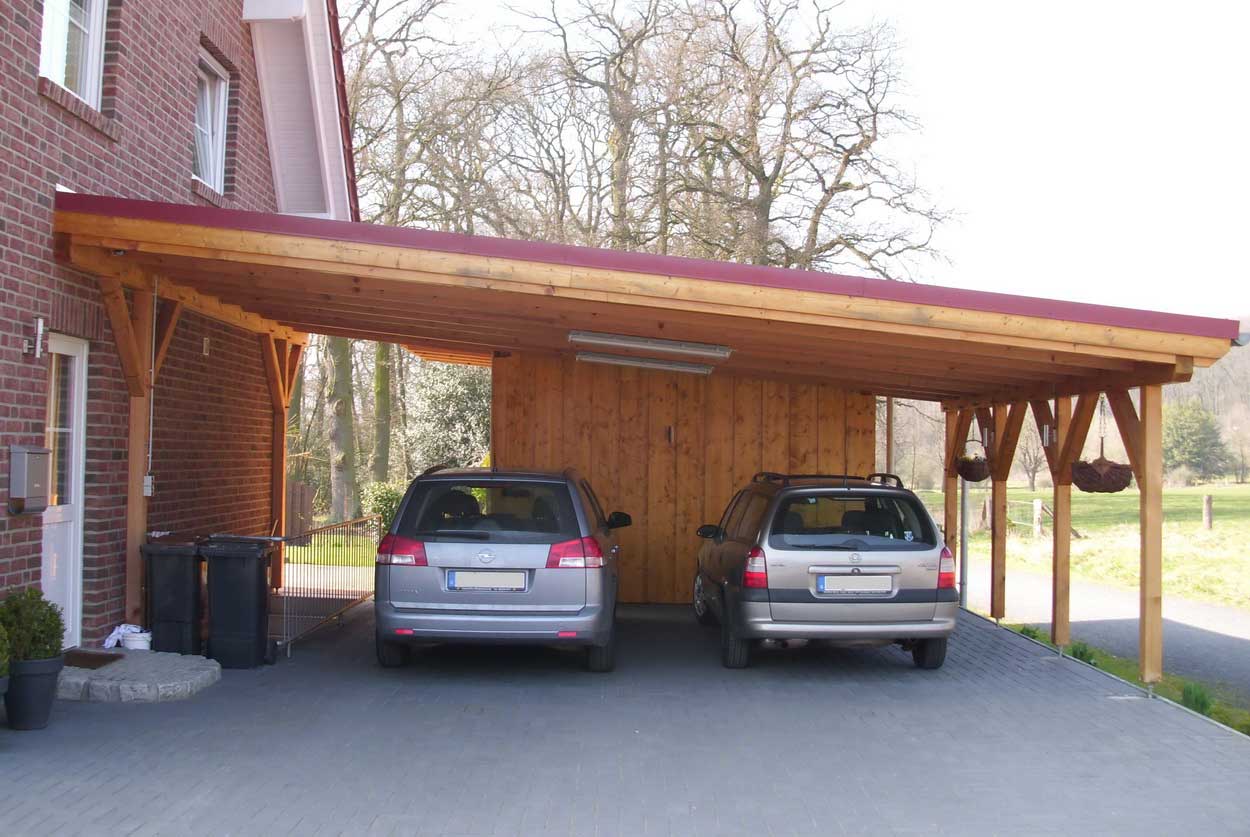
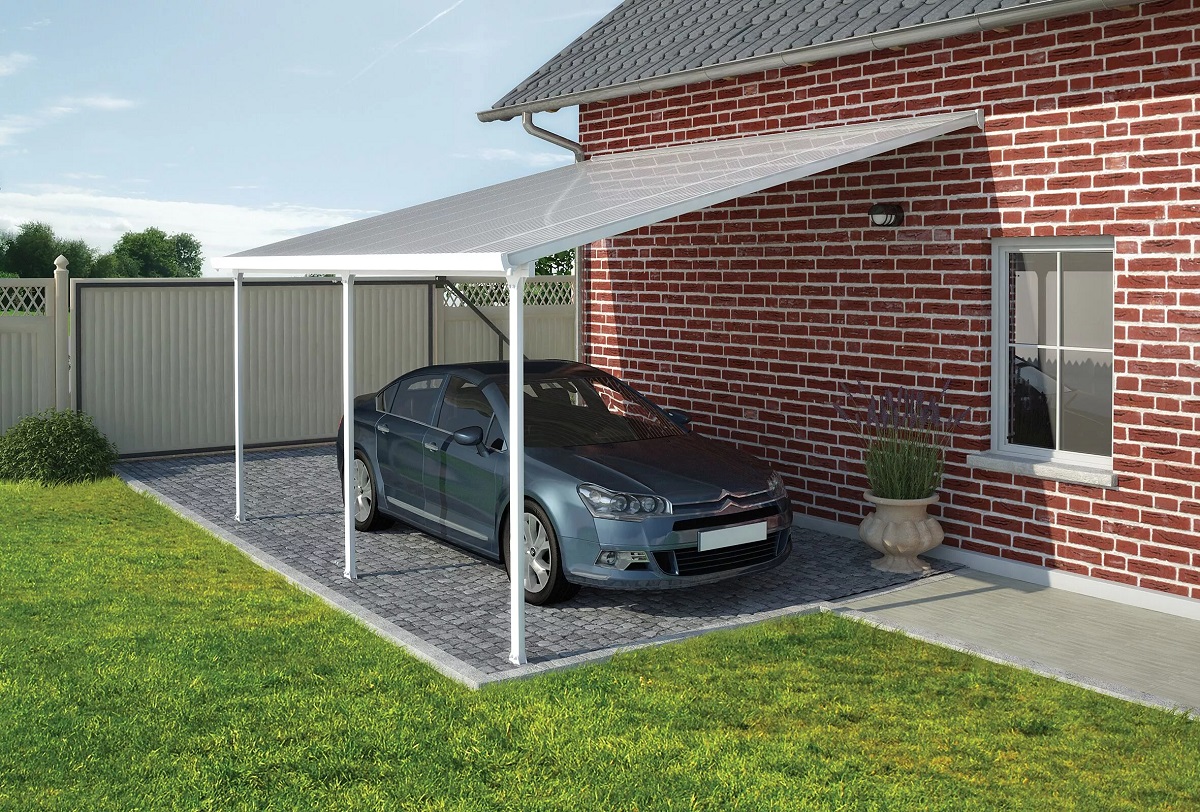
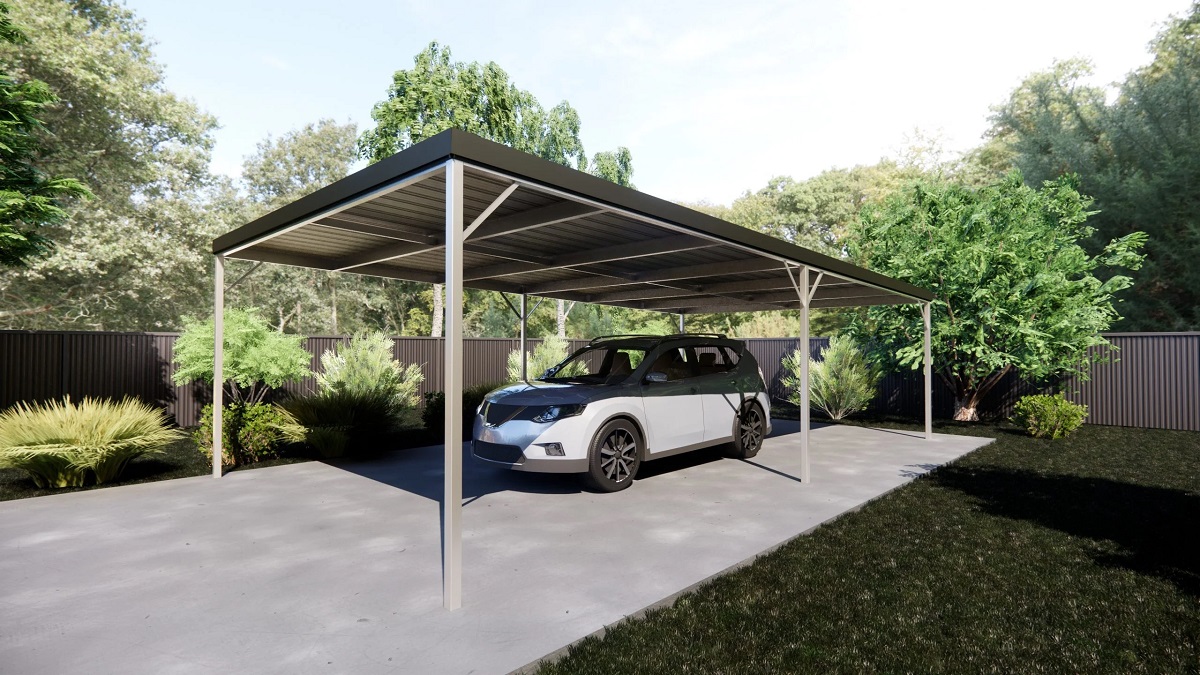
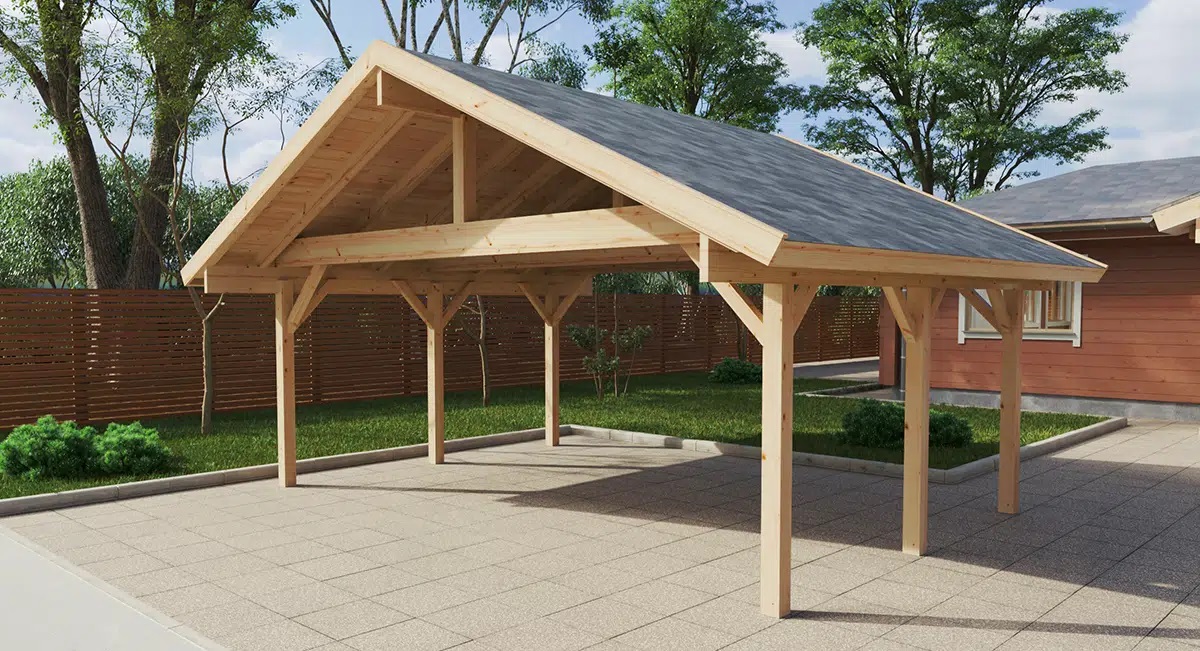
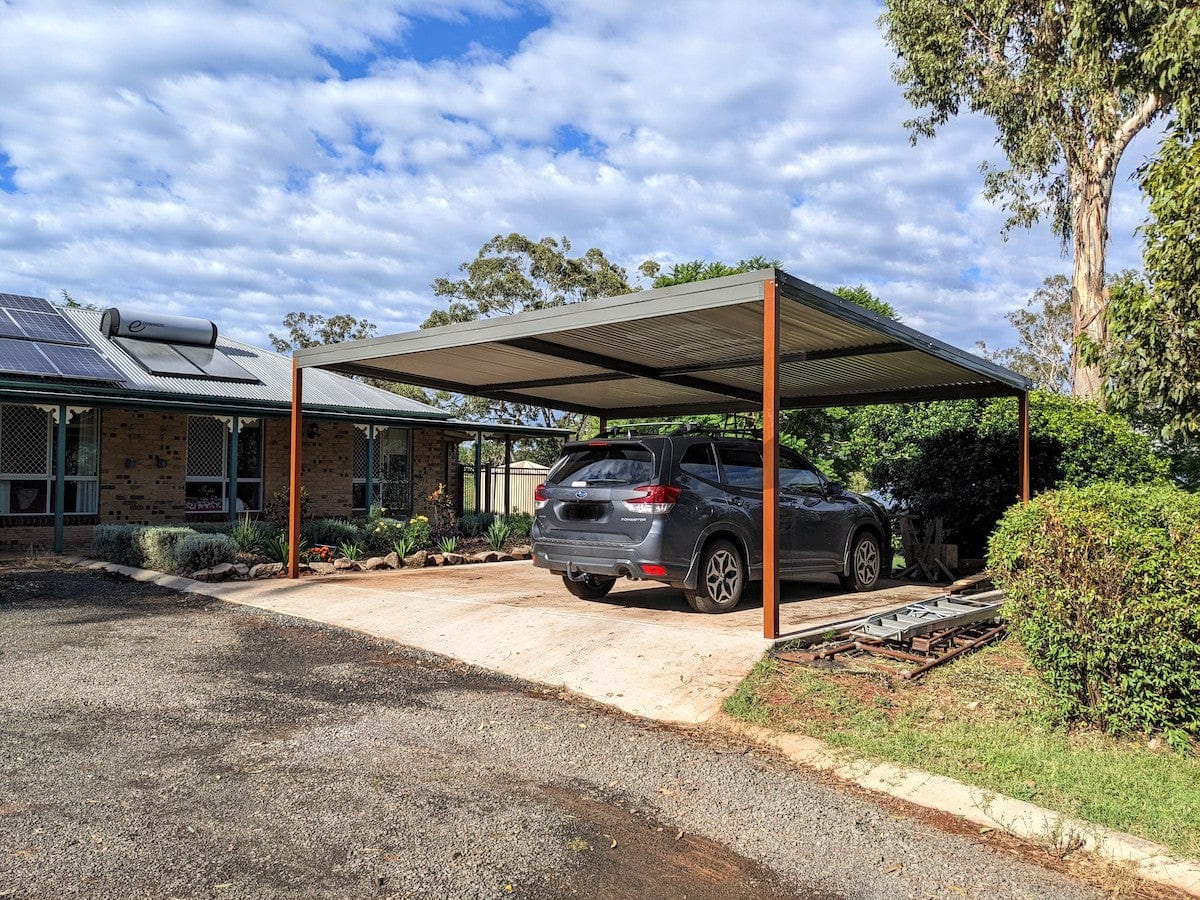
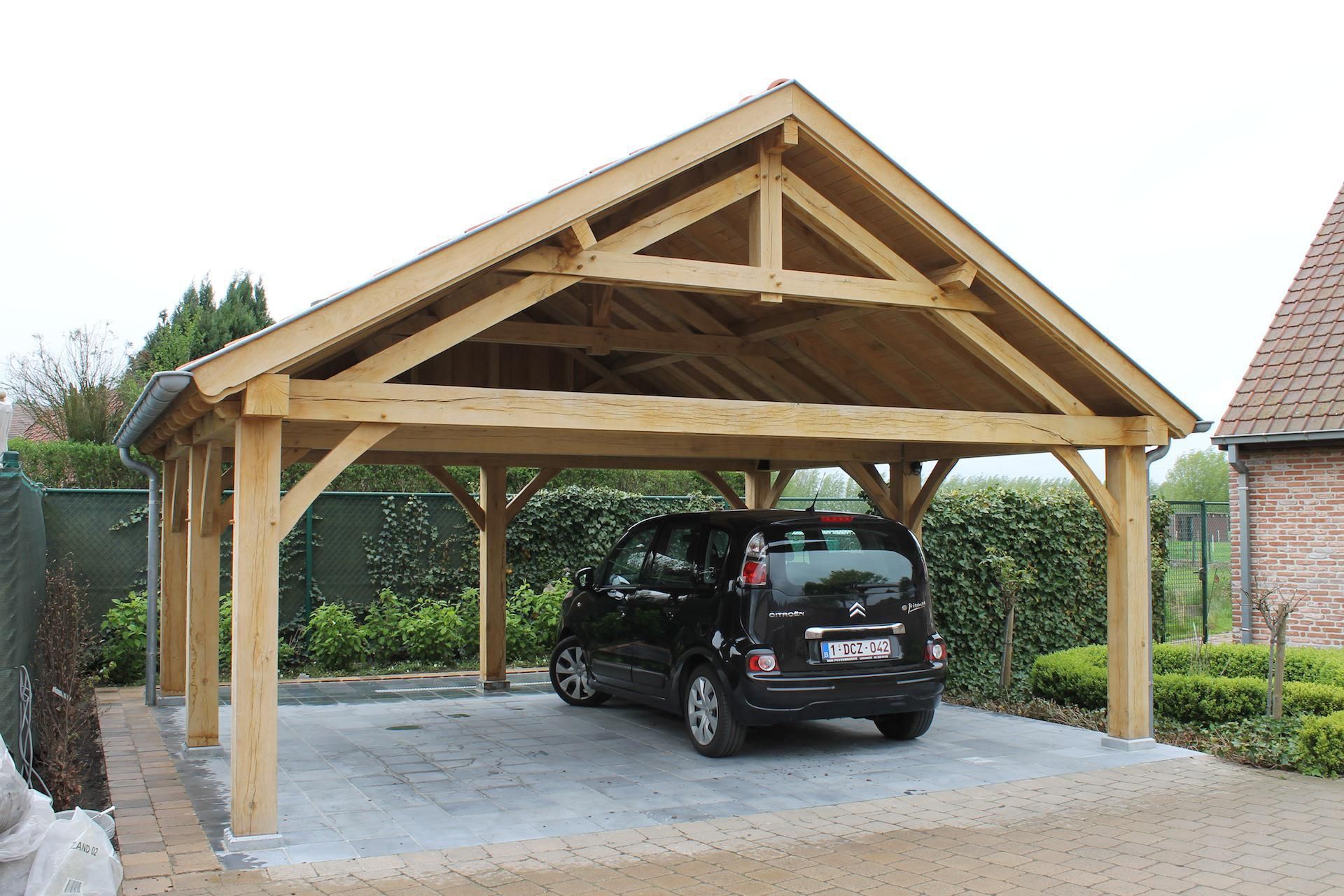
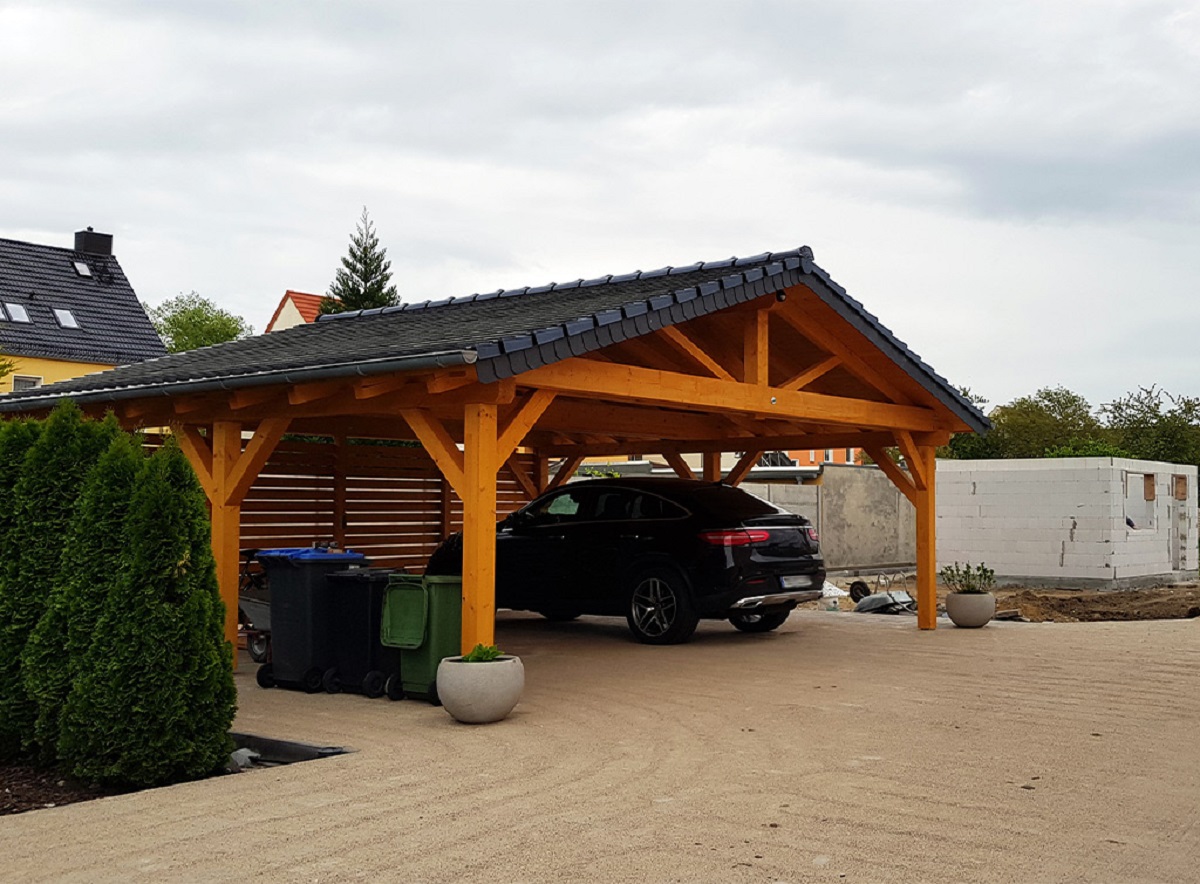

0 thoughts on “What Is Carport Parking”